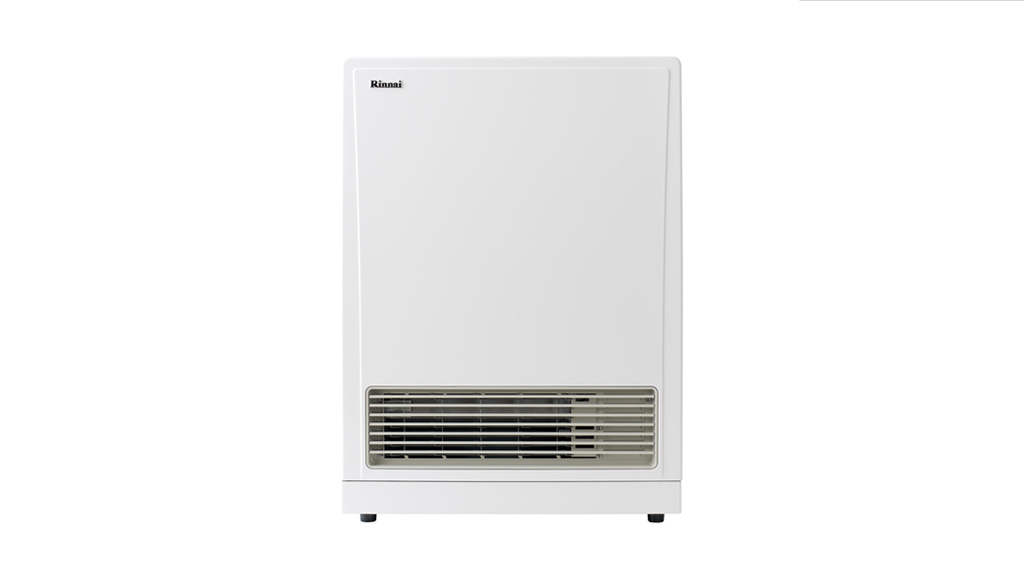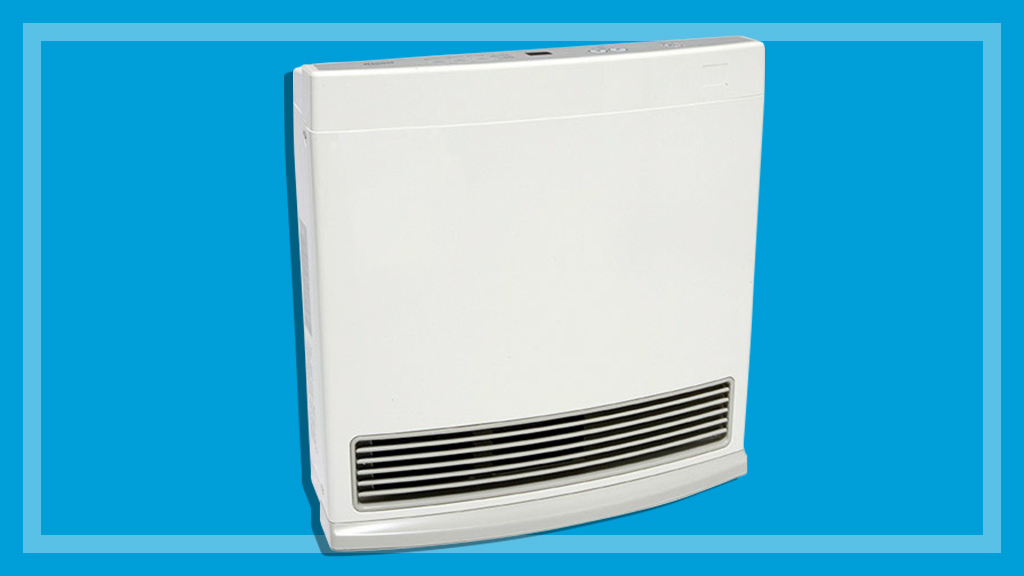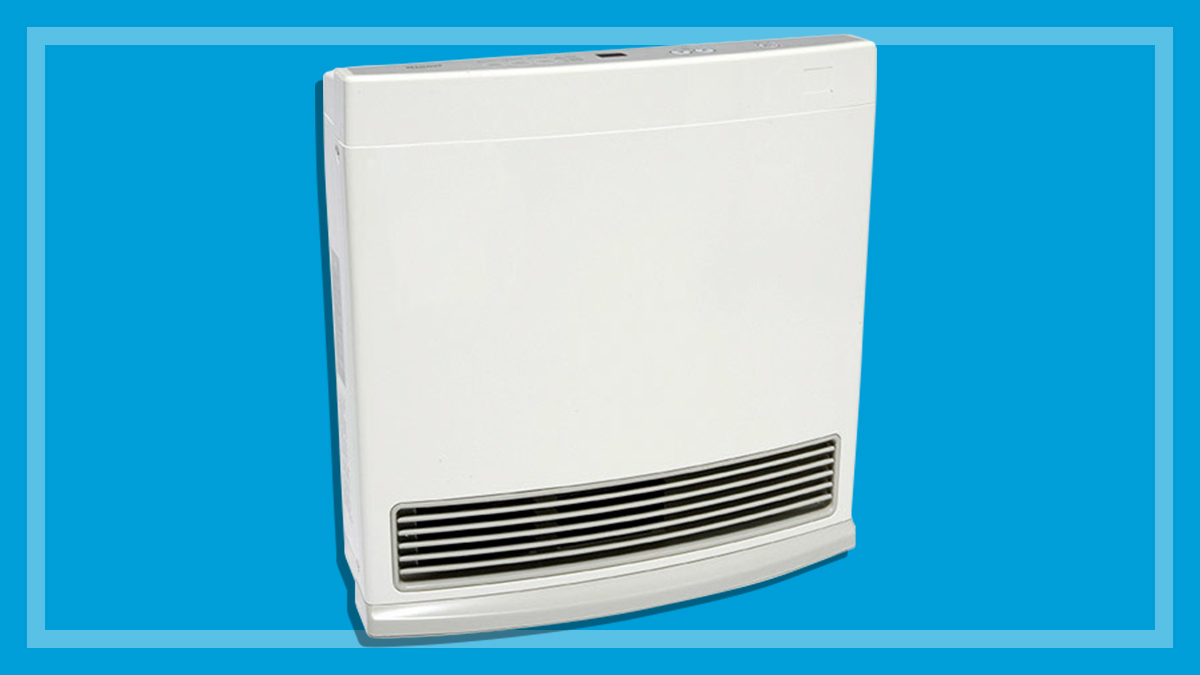How we test gas heaters
Our rigorous lab tests help you find the best gas heater.
Last updated: 14 Apr 2020
How do you pick the best gas heater to beat the winter chill? It’s not easy to tell at a glance which one will be good at heating, let alone whether it’s reasonably efficient too.
On this page:
Our gas heater reviews score each model for heating performance and ease of use, to help you decide which models are hot and which are not. Here’s how we go about getting those test results.
Our expert testers
We’ve been reviewing heaters of various sorts for decades now. CHOICE participates in Australian Standards committees and regulatory forums so we can keep an eye on trends in the industry and government regulations.
How we choose what we review
With so many to choose from, what makes us choose one gas heater to test over another? Like with most of our product testing, our aim is to test popular models on the market and what you’re most likely to see in the retailers.
We mainly test unflued gas heaters. Generally we don’t include a lot of flued gas heaters in the market as they have a small market share.
We survey manufacturers to find out about their range, we check market sales information and we also check for any member requests to test specific models. From this information we put together a final list that goes to our buyers. They then head out to the retailers and buy each product, just as a normal consumer would. We do this so we can be sure they’re the same as any consumer would find them and not ‘tweaked’ in any way.
Buying the heaters in time for testing is always a challenge, as they often don’t appear in retail stores – or even in distributor warehouses – until the cold season actually starts in late May. We need to be testing and reporting on the results in time for winter. So unfortunately, we can’t always test some major brands or models.
How we test gas heaters
Heating performance
The testing is performed by an accredited laboratory and measures how long it takes to raise the room temperature by 5°C and 10°C from an ambient temperature of 8°C. If the heater has a fan, it’s turned on for this test. The adjustable test room is 5m wide x 6m deep x 2.4m high and is fitted with 81 sensors to measure the temperature at each point in the room. The test room itself has a standard household wooden door and is fully insulated.
Some heaters can manage the 5°C rise in just under 2 minutes, which we rate as an excellent performance. A 10°C rise usually takes much longer, but again some manage an excellent performance, achieving this in just 4 minutes. However, some heaters don’t manage a 10° temperature in under an hour – not a great result, and that’s on maximum heat.
The testers measure how evenly the heat is distributed through the room. With the best models, there’s less than a two degree difference across the room, but usually it’s more like a three or four degree variation, even with the heater’s fan on.
Ease of use
Testers look at the starting procedure, use of the controls, clarity of control markings, ease of programming the timer and operating manual.
Standby
This is a measure of the electrical standby consumption, where the heater is off but still draws current.
Test criteria explained
The overall score is made up of:
- Performance (70%), which factors in the heating performance.
- Ease of use (20%), with the criteria listed above weighted equally.
- Standby (10%).
Our test lab
Testing gas heaters requires a very specific laboratory, as described above in How we test. While CHOICE does have high quality thermal laboratories for testing fridges and other products, we don’t have a lab suited to gas heater testing – it would not be economical for us to construct and maintain. So when we review gas heaters, we send them to an accredited external lab, which tests them to a program we’ve specified.
Related
Matthew Steen is the Director of Reviews and testing, which conducts all the testing content for CHOICE. He has worked for CHOICE for more than 20 years, from customer service to testing and content production.
Matthew is driven to work at CHOICE for its mission, and the people that it attracts, from staff to members, all dedicated to making Australia more fair, safe and just.
Matthew represents CHOICE as a council member on the Standards Australia Council. He is also responsible for ensuring CHOICE stays carbon neutral.
Matthew has a Bachelor of Humanities in Ethics from Queensland University of Technology.
Find Matthew on LinkedIn.
Matthew Steen is the Director of Reviews and testing, which conducts all the testing content for CHOICE. He has worked for CHOICE for more than 20 years, from customer service to testing and content production.
Matthew is driven to work at CHOICE for its mission, and the people that it attracts, from staff to members, all dedicated to making Australia more fair, safe and just.
Matthew represents CHOICE as a council member on the Standards Australia Council. He is also responsible for ensuring CHOICE stays carbon neutral.
Matthew has a Bachelor of Humanities in Ethics from Queensland University of Technology.
Find Matthew on LinkedIn.



